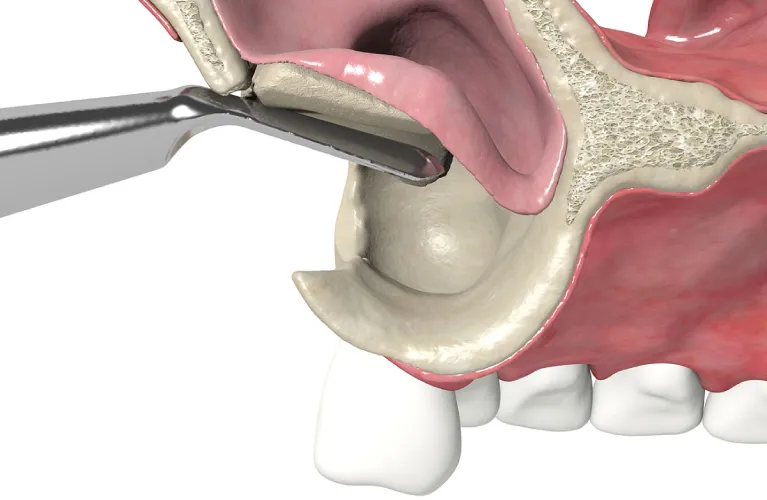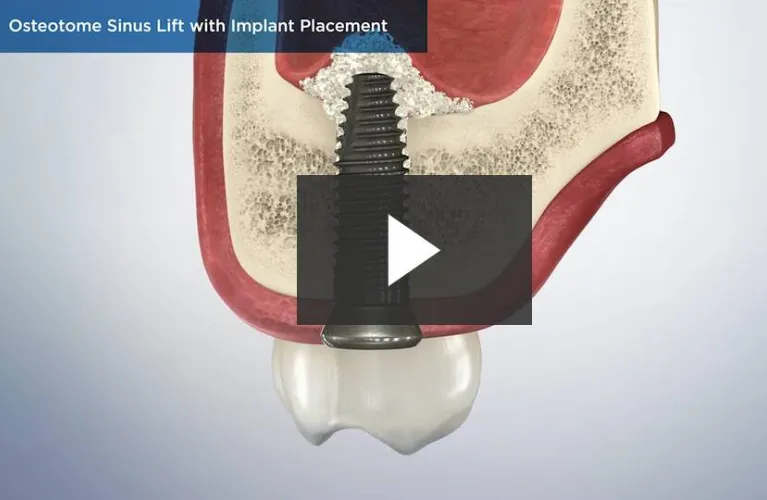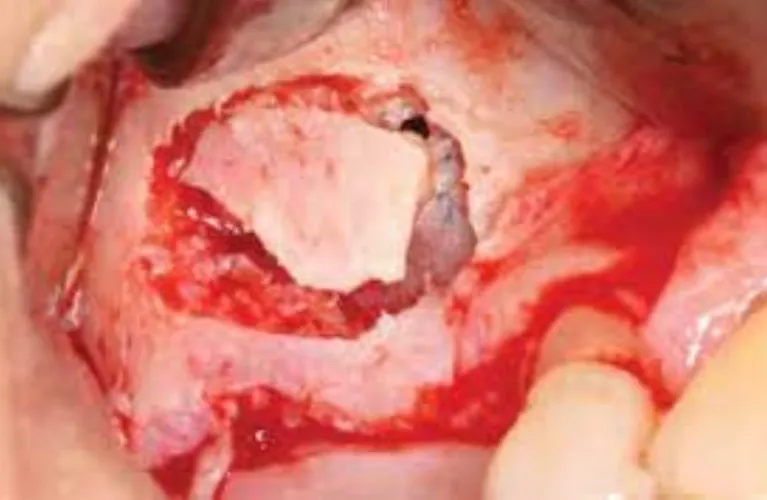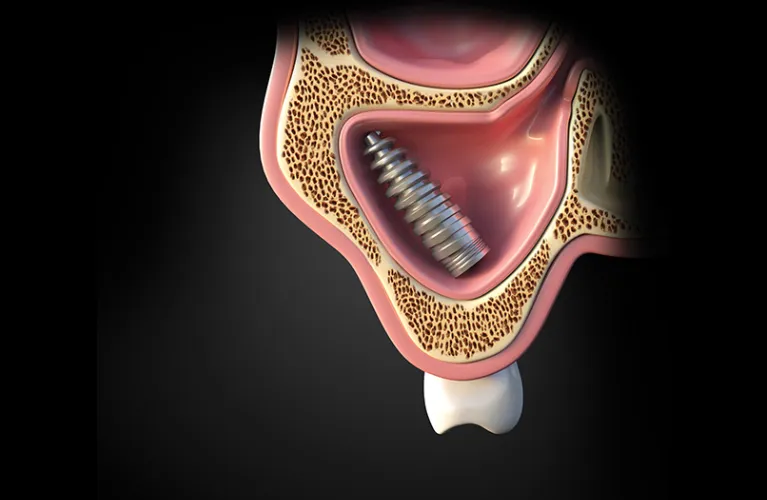
Information You Must Have About Sinus Lift Procedures

What is Sinus lift surgery ?
Sinus lift surgery can be a treatment used in dentistry for people with poor bone health who want dental implants. These procedures Sinus Lift refers to as sinus enhancements or sinus grafts.
The dentistry industry uses various methods in the operation of support dental implants and dental specialist for the undergo sinus lifts and other sinus lift refers surgery procedures. Please follow these steps to learn about dental implants and undergo sinus lift surgery and to get the best results possible.


Why Would I Need a Sinus Lift?
also known as a sinus augmentation, is a surgical procedure performed in dentistry or oral surgery to increase the amount of bone in the upper jaw, specifically in the molars and premolars.
The procedure involves lifting the sinus membrane and adding bone graft material to the space between the jaw and the sinus cavity to place desire dental implants. Here are some reasons you may need a sinus lift:

Insufficient bone volume:
The primary reason for a sinus lift is inadequate bone height or thickness in the upper jaw, often caused by the expansion of the sinus cavity.
Tooth loss and bone resorption:
When teeth are lost or extracted or due to periodontal disease , the jawbone in that area tends to shrink over time due to a lack of stimulation. This bone resorption can result in reduced front jawbone loss of bone and volume, making it challenging to place a dental implant holder the desire to place a dental implant holder the the desire dental implants securely how much bone.
This helps restore the bone height and bone density necessary for the dental implant placement.

Aging and natural bone loss
As we age, bone density naturally decreases, and the upper jaw may experience bone loss, particularly in the posterior region. If you’re considering dental implants and have experienced age-related bone loss, a sinus lift can enhance the available bone mass and support implant stability.
Trauma or injury
In some cases, trauma or injury to the maxilla or upper jaw, may cause bone loss, compromising the ability of new bone to support dental implants when placing dental implants there. A sinus lift can be beneficial support for placing dental implants in such situations by creating a sufficient bone foundation for dental implant placement to support and place dental implants there.
Developmental conditions or anatomical variations
Certain developmental conditions or anatomical variations in the upper jaw may result in limited not enough bone for height or quality enough bone below, making it challenging to place dental implants. A sinus lift can help overcome these limitations by augmenting the sinus and grafting more bone for volume.
What is a sinus lift and how is it done?
A procedure to remove bones missing teeth from your upper molars and premolars by placing a surgical instrument between missing teeth. Occasionally, this healing process is done enough bone, called a sinus graft or expansion. This bone was placed between the upper jawbone and maxillary sinus on both sides of the nose.
Indirect Sinus Lift

Spear Education Patient Engagement Video
Crestal approch sinus lift surgery -
Direct Sinus Lift Surgery

Direct Sinus Lift Surgery - ( By Piezotome )

Post Operative Instruction
it is essential to follow post-operative instructions to promote healing and reduce the risk of complications.
Rest and Recovery
- Plan to take it easy for the first few days after the surgery.
- Avoid any strenuous activities or heavy lifting that may put pressure on the surgical area.
- Get plenty of rest and allow your own body part to heal.
Pain Management
- You may experience some discomfort or pain after the surgery. Take the prescribed pain medications as directed by your surgeon.
- Over-the-counter pain relievers like ibuprofen may also help, but consult your surgeon before taking any additional medications.
Bleeding and Swelling
- It is normal to experience some light bleeding, and swelling after the sinus lift procedure.
- Gently biting down on a clean gauze pad placed over the surgical area can help control and prevent bleeding there and form a blood clots.
- Apply an ice pack or cold compress to the outside of your face near the surgical site to reduce swelling. Use it for short intervals (10-15 minutes) at a time, with breaks in between.
Oral Hygiene
- Maintain good oral hygiene to minimize the risk of infection.
- Avoid brushing or rinsing the surgical area for the first 24 hours.
- After the initial 24 hours, rinse your mouth gently with warm saltwater (1/2 teaspoon of salt in 8 ounces of water) several times a day, especially after meals, to keep the area clean.
Diet and Nutrition
- Stick to a soft or liquid diet for the first few days after the surgery. This will help minimize discomfort and prevent any damage to the surgical site.
- Gradually reintroduce solid foods as you feel comfortable, but avoid hard, chewy, or sticky foods that could irritate the surgical area.
- Stay hydrated by drinking plenty of fluids.
Medications and Supplements
- Take any prescribed antibiotics as directed to prevent infection.
- Avoid aspirin or any other blood-thinning medications unless specifically instructed by your surgeon.
- Notify your surgeon about any other medications or supplements you are taking to ensure there are no potential interactions or complications.
Follow-up Appointments
- Attend all scheduled follow-up appointments with your surgeon to monitor your healing progress. Dentist may perform saline spray to clean the area and give initial consultation with recovery instructions
- Discuss any concerns or unusual symptoms with your surgeon promptly.
- Remember, these instructions are general guidelines, and your surgeon may provide you with specific instructions tailored to your situation.
Complications
- The complications of sinus bone grafting procedures are usually rare if promptly diagnosed. Postoperative infections rates are reported as 2% and 5.6% with no distinction between true, sinus and grafting bone, sinus and grafting bone, grafting material and sinus cavities and bone graft materials, and sinus bone grafting, bone graft material and sinus membranes only, and infections.
- Intraoperative complications of sinus lift procedure
- Apart from swelling, hematoma, infection which would occur postoperatively, an important intraoperative complication in direct sinus lift procedures is as follows:
Perforation of Schinederian membrane

Displacement of dental implant into sinus

- Placement implant placement of dental implant in posterior maxilla without sinus lift
- Surgical inexperience with anatomical landmarks of the maxillary sinus cavity maxillary sinus cavity maxillary sinus
- Existence of untreated perforation of antral base after drilling sequence
- Excessive tapping of dental implant during internal sinus osteotomy.
- Presence of septal partition in the sinus cavity.
FAQ
Is a sinus lift very painful?
Sinus lift may prove very painful to the patient. A procedure that lasted over 1 hour involves significant trauma. Patients need to stay home three to ten days a day to avoid swelling.
What happens in a sinus lift?
The sinus floor is gently moved from very close to the jaw, until the oral surgeon does what is sinus lift lifts and desired height of undergoing sinus lift surgery the jaw has been achieved. Then the sinuses are too close, bone grafts are filled into the sinus graft area. Once the sinuses are too close and new bone is placed how much bone, it is closed with stitches or sutures. Videos – Procedure for lifting the sinus membranes from the jaw.
Is sinus lift necessary for implants?
If your upper jaw lacks enough jaw bone, it may require sinus membrane lifts for implants to fit properly. A surgical procedure that is placed without the proper amount of jaw bone could penetrate the Maxillary sinuses and result in severe damage of sinus membrane. There is a good reason for a lack of bone in your upper jawbone besides health of your teeth.
What is the success rate of a sinus lift and implant?
The success rate of both implant and bone grafting were higher bone graft materials compared to implantation (96.5 %). In 49 perforations the successful rates for bone grafts compared to the implants were 99.55%. Following rehabilitation, the duration ranging between three months and 12 years was measured.
Can you get a sinus lift and implant at the same time?
Simultaneously implanted sinus lifts and a splinting procedure for sinuses are often necessary if you suffer from a snarled bone under your nose and sinus cavity. Then bones can be removed and implants or sinus lifts are placed under the sinus floor.
Can a sinus lift cause problems?
The biggest issue in undergoing sinus lift surgery is the perforation of the Schneiderian membrane which surrounds the maxillary sinuses. The perforations can cause severe and chronic sinusitis and infections chronic sinusitis.

